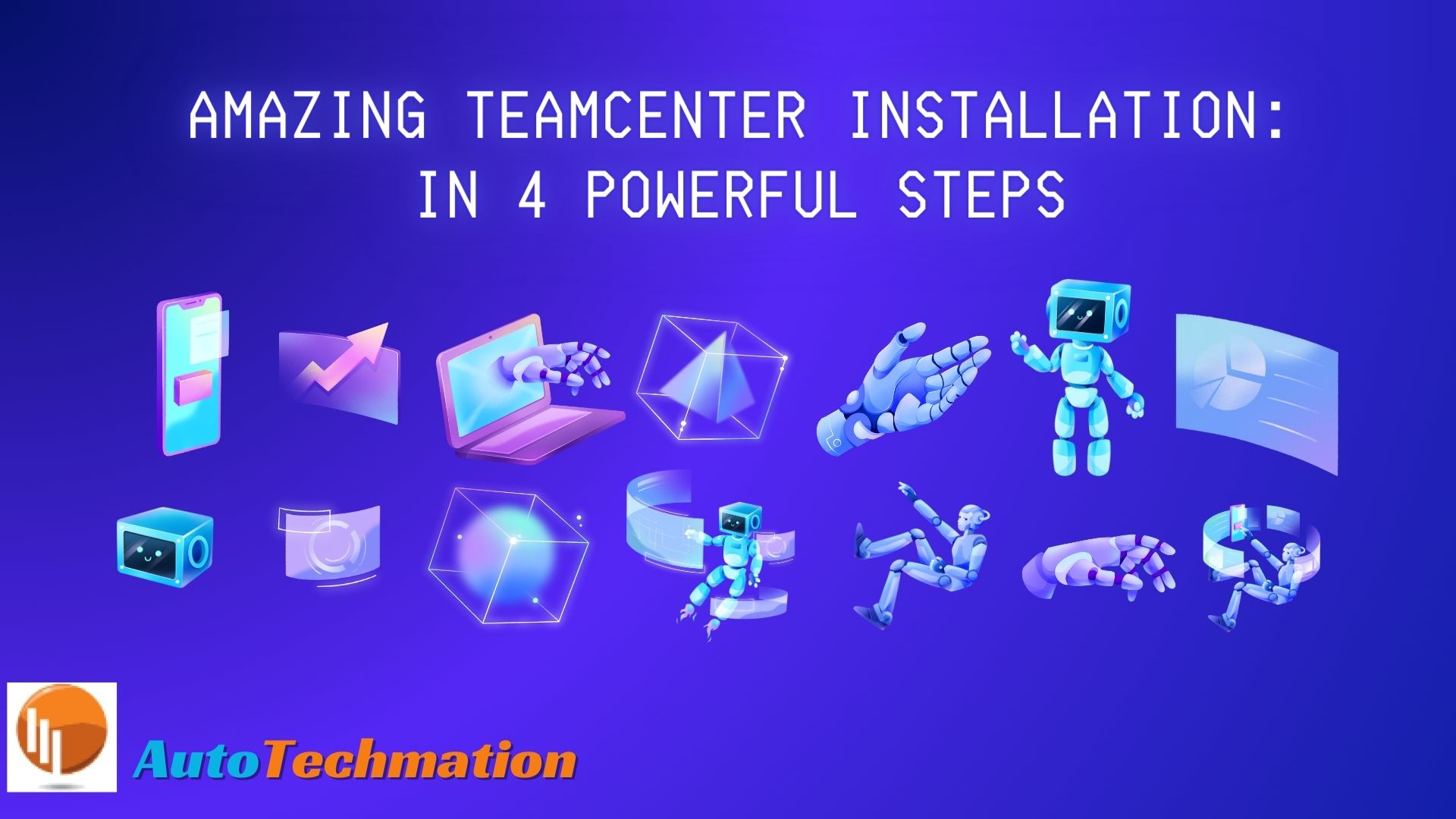
Amazing Teamcenter Installation: In 4 Powerful Steps
Implementing a robust Product Lifecycle Management (PLM) system like Teamcenter can significantly enhance efficiency and collaboration within your organization. However, before you can harness its full potential, it’s essential to grasp the foundational elements of its installation process.
In this blog, we’ll explore the key fundamentals of Teamcenter installation, starting with the cornerstone: the database server.
Setting Up the Database Server
Before diving into the intricacies of Teamcenter installation, it’s crucial to ensure that your database server is set up correctly. Whether you opt for IBM DB2, Oracle, or Microsoft SQL Server, the database server serves as the repository for storing and managing your Teamcenter data. A well-configured database server lays the groundwork for seamless data access and management, forming the backbone of your Teamcenter network.
Understanding Teamcenter Server Structure
In addition to the database server, understanding the structure of Teamcenter servers is paramount. A typical corporate server installation comprises various components, including shared binary executables and files, database connections, and Teamcenter volumes. These components work in harmony to facilitate efficient data storage, retrieval, and management within your organization.
Enhancing Network Performance with Additional Servers
While a corporate server configuration is essential, organizations may also opt to install additional servers to enhance network performance and scalability. These supplementary servers can help distribute network loads and accommodate diverse operating systems within your infrastructure, ensuring optimal performance across the board.
Selecting the Right Type of Teamcenter Clients
Furthermore, selecting the right type of Teamcenter clients is critical for ensuring optimal usability and efficiency. Whether it’s the robust rich client designed for frequent users or the streamlined thin client accessible via web browsers, understanding user requirements and network configurations is key to making the right choice.
Implementing Best Practices for Teamcenter Installation
Beyond the initial setup, implementing best practices can further optimize your Teamcenter installation. This includes conducting thorough testing and validation procedures to ensure the system meets your organization’s requirements and performance expectations. Additionally, regularly monitoring and maintaining the system can help identify and address any issues before they escalate, ensuring smooth operation over time.
Leveraging Teamcenter for Business Growth
In essence, grasping the fundamental concepts of Teamcenter installation lays the groundwork for a successful implementation. By ensuring that your database server is properly configured, understanding the structure of Teamcenter servers, and selecting the appropriate clients, organizations can effectively leverage Teamcenter to streamline their product lifecycle management processes and drive business growth.
In our subsequent blogs, we’ll delve deeper into the intricacies of Teamcenter installation, exploring advanced configurations, best practices, and strategies for maximizing the benefits of this powerful PLM system. Stay tuned for more insights and guidance on harnessing the full potential of Teamcenter within your organization.
Contact Us to Get Our PLM Services
CONTACT INFO
Hotline: +1.248-275-4138
- info@autotechmation.com
- 27950 Orchard Lake Rd Suite #116 Farmington Hills MI 48334
